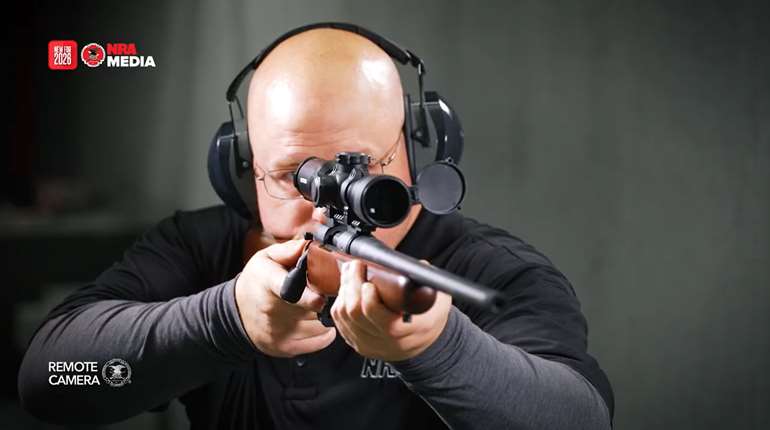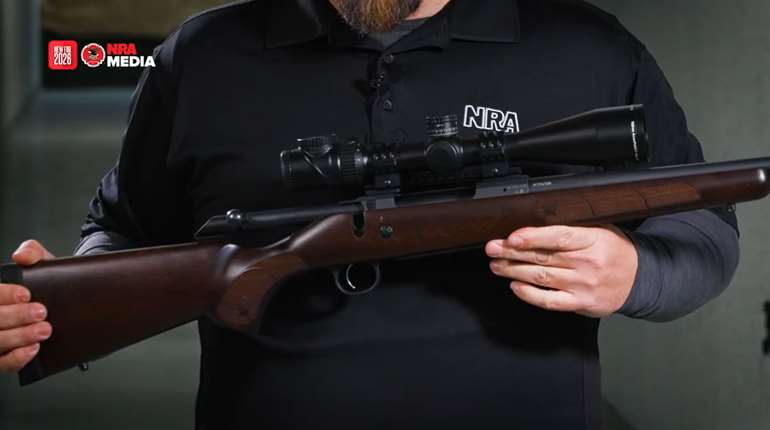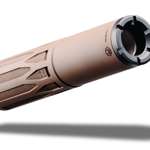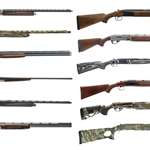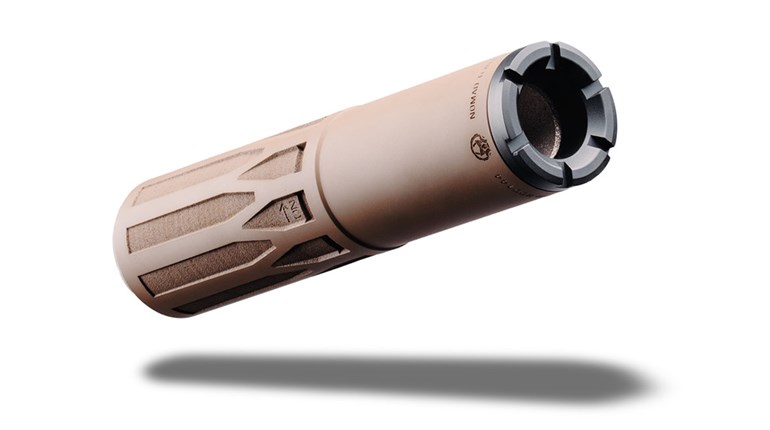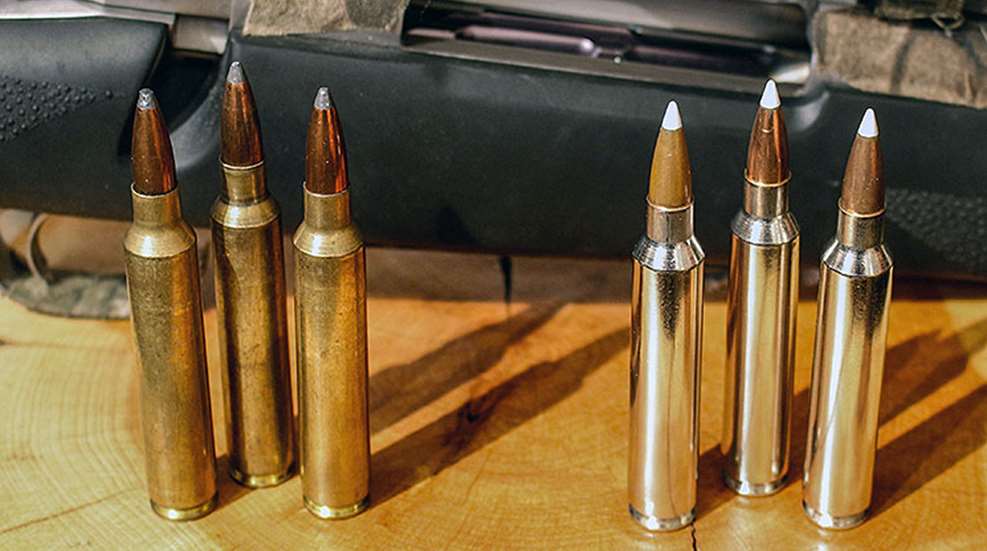
Hunting at long range is a debatable and sometimes downright questionable practice. We all want the ability to be a proficient marksman, delivering clean, first-shot kills, yet as hunters we also pride ourselves in the ability to use our skills to get close to game. So it’s a double-edged sword. However, there has been a movement afoot to accept, or even encourage, if you will, hunters to take game at increasing distances. While I’m all about the ability to shoot proficiently, I’ve spent enough time shooting at 1,000 yards and beyond to realize just how quickly a misread wind call or distance can affect the shot, and I have developed a healthy respect for shots over 500 yards. If I know a hunt I'm headed on has the possibility of a shot at this distance—which I avoid if at all possible—I want a cartridge that will minimize time of flight, give a flat trajectory and decent wind deflection values.
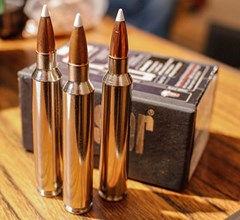 There are many candidates that will fit the bill, but I’ve been asked to pick just one, the one, that will best serve any long-range situation. Obviously, a high-velocity cartridge is going to get the nod, as that will meet all of the above-mentioned requirements, but equally important is the ability to deliver a bullet of exceptional Ballistic Coefficient. Looking at the possibilities, I'm drawn to cartridges between 6.5mm and .338” caliber, with a big case. The new 26 Nosler and 6.5-300 Weatherby would be on the lower end, and the .338 Rem. Ultra Mag. and .338-378 Wby. would be on the upper end. The immediate problem I see with those cartridges lying on the extremities is that the 6.5s might be a bit light for truly large game, and the .338s are definitely heavy for deer-sized game and smaller.
There are many candidates that will fit the bill, but I’ve been asked to pick just one, the one, that will best serve any long-range situation. Obviously, a high-velocity cartridge is going to get the nod, as that will meet all of the above-mentioned requirements, but equally important is the ability to deliver a bullet of exceptional Ballistic Coefficient. Looking at the possibilities, I'm drawn to cartridges between 6.5mm and .338” caliber, with a big case. The new 26 Nosler and 6.5-300 Weatherby would be on the lower end, and the .338 Rem. Ultra Mag. and .338-378 Wby. would be on the upper end. The immediate problem I see with those cartridges lying on the extremities is that the 6.5s might be a bit light for truly large game, and the .338s are definitely heavy for deer-sized game and smaller.
There’s a reason that the 7mm and .30 caliber cartridges remain the most popular choices: they provide a selection of bullets that will truly take the widest variety of game, and give the most flexibility. Weatherby has long been about velocity; Roy Weatherby’s line of cartridges offered some of the best paper ballistics of their time, and to this day some of the Weatherby classics—line the 7mm Wby. Mag. and .300 Wby. Mag.—have a devout following. Taking a look at the biggest Weatherby .30 caliber—the .30-378 Wby.—you’ll find a ginormous cartridge that will easily consume over 100 grains of the slowest burning powder, and deliver some eye-popping velocities. However, there is a serious point that must be made when it comes to Weatherby ammunition: it is expensive; very, very expensive. Even the component brass will deliver a serious hit to your wallet, and that can be a drawback. Yes, the rewards are there, in both enough velocity to give the performance you want, as well as the accuracy needed to make a confident hot at distant game, but those rewards are potentially offset by the costs and limited firearms chambered for the Weatherby cartridges.
My personal choice, were I setting up a rifle for long-range work, would be to look to the Remington Ultra Magnum series of cartridges, and within the quartet of cartridges—7mm, .300. 338 and .375—I have found the most potential in the .300 RUM. It has, perhaps, the widest selection of viable bullet choices, and is a bit more efficient than the .30-378, while still offering a definitive advantage over the .300 Win. Mag. and .300 Wby. Mag. My own go-to load for this cartridge is built around the 180-grain Swift Scirocco II, and a near-maximum load of Alliant’s Reloder 25 powder, sparked by a Federal GM215M Large Rifle Magnum primer. I’ve also obtained good results with the Barnes 175-grain LRX and the 190-grain Nosler AccuBond Long Range; these two are among some of the greatest hunting bullets. Look to the Berger VLD and The Hornady ELD-X as well; as long as the bullet has a good B.C. factor, and a decent Sectional Density (think 165-grains at a minimum as the closer shots come with a high impact velocity), the .300 RUM will serve you well.
Based on the venerable .404 Jeffery (a personal favorite of mine), blown out to the point that the rim is rebated—to maximize case capacity—and offering a good, steep shoulder for positive headspacing, the .300 RUM requires a magnum-length action, as it maintains an overall length of 3.600”, like the .375 H&H does. Powder charges can exceed 100 grains, and you’ll see the finest results with the slowest burning powders like Reloder 25 and Reloder 33, IMR 7828, IMR 7977, and Hodgdon’s H1000. Both factory loaded ammunition and component brass cases are considerably cheaper than is the Weatherby stuff.
I’d definitely recommend a muzzle brake on a .300 RUM rifle; though my hearing is compromised, the recoil of a standard-weight rifle in this caliber can be rather brutal. My own 180-grain bullet loads will generate a muzzle velocity of 3,350 fps—a full 300 fps higher than the .300 Win. Mag.—and the trajectory is definitely in the ‘frozen rope’ category. Mate a rifle with this potential with a modern scope like the Swarovski Z5 3.5-18x or a Bushnell LRHS 4.5-18x, where you have the option to dial your holdover, or use the compensated reticle to make the distant shot.
With a 250-yard zero, you’ll pretty much have a dead-hold out to 300 yards, with a decent bullet striking about 13” low at 400 yards, and 28” low at 500 yards. Considering that the .300 RUM will generate over 4,000 ft.-lbs of energy at the muzzle, you’ve got a hard-hitting, flat-shooting, wind-bucking beast of a cartridge, which is among the most affordable in its class. If you have a well-tuned .300 RUM, the rest is up to you.















